
Woman who planned to die by ‘suicide pod’ has gone missing
Nancy Flanders
·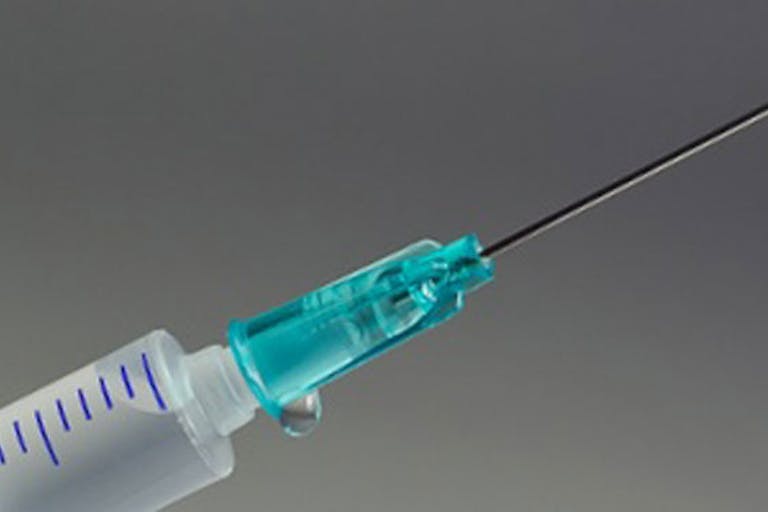
Victim of sexual abuse euthanized in the Netherlands
The legalization of euthanasia always starts off in a seemingly benign manner: a case is made that people who are suffering from incurable illnesses and are dying anyway and should be allowed to choose “death with dignity” and without pain. But this quickly descends down a slippery slope.
Europe has become more and more accepting of euthanasia over the years. The Netherlands has been one of the most extreme countries on this front, with people being euthanized without their consent, and 1 in 3 Dutch doctors have said that they’re willing to euthanize people who are mentally ill.
Now, a 20-year-old Dutch woman is the latest victim of this flawed substitute for real medicine.
The woman was a victim of sexual abuse as a child, and suffered from mental disorders as a result. She struggled with post-traumatic stress disorder, depression, and anorexia. She also had suicidal thoughts and tendencies, as well as a tendency towards self-harm, and “physical difficulties.” Doctors and psychiatrists approved her euthanization, calling her “incurable.” According to these doctors, “there was no prospect or hope for her.”
But the reality is, that wasn’t true. Two years earlier, the unnamed woman sought a second opinion for treating her illnesses, and underwent intensive trauma therapy. She showed improvement, and the treatment was deemed “partially successful,” but was abandoned after independent consultants put a halt to it, saying that she was hopeless. And despite her mental illness, she was deemed competent to make the decision to end her own life.

Let that sink in: a woman who was a victim of sexual abuse, who was depressed and suicidal, who suffered from mental illness, was allowed to make the decision to be euthanized. This is despite the fact that she had hallucinations and anorexia; the doctors even acknowledged that psychiatric patients often express a wish to die as a cry for help. But this woman was euthanized anyway.
This isn’t the first time something like this has happened; a PBS documentary featured the assisted suicide of a Belgian woman who had struggled with depression for much of her life. The documentary featured Belgian doctor Marc Van Hoey, a proponent of assisted suicide who stated that all a patient has to do, even a mentally ill patient, is write down their name, the date, and the date they’d like to die. That’s it. That’s all it takes in places like Belgium, where transgender men are euthanized on live television, and people are euthanized because they’re disabled. An even more horrifying case is of a woman suffering from anorexia after being sexually abused by her psychiatrist… and another psychiatrist approved her euthanization.
Of course, those are examples in Belgium, one might say. But the Netherlands has its share of horror stories too. This is partly due to the presence of assisted suicide clinic Dignitas, which accepts money to kill anyone who walks through its doors. Dignitas is a multi-million dollar business, even though there have been accusations of fraud and abuse against them. Dignitas has euthanized people because they “lost their looks,” were elderly, or were disabled. In the Netherlands, people clearly not competent enough to make such a decision (as in, hearing voices or having delusions) are still allowed to choose to be euthanized.
It is a real tragedy that these people are being victimized so callously. What this woman needed was help. Her life was not hopeless. It still had value and dignity. But what is the message being sent? That if someone struggles with mental illness after suffering a trauma like sexual abuse, they’re better off dead? It’s horrifying, but it’s the truth of the situation in the Netherlands, as well as in places like Belgium and Switzerland.
This is what happens when assisted suicide is legalized, and it’s more than just an outrage; it’s a failure of our society to help the people who are the most vulnerable among us, people who need compassion and loving care. Instead, they’re being told that their lives aren’t worth living — and all lives have worth and deserve to be lived.
Live Action News is pro-life news and commentary from a pro-life perspective.
Contact editor@liveaction.org for questions, corrections, or if you are seeking permission to reprint any Live Action News content.
Guest Articles: To submit a guest article to Live Action News, email editor@liveaction.org with an attached Word document of 800-1000 words. Please also attach any photos relevant to your submission if applicable. If your submission is accepted for publication, you will be notified within three weeks. Guest articles are not compensated (see our Open License Agreement). Thank you for your interest in Live Action News!

Nancy Flanders
·
Politics
Nancy Flanders
·
Politics
Rebecca Oas, Ph.D.
·
Abortion Pill
Angeline Tan
·
International
Bridget Sielicki
·
International
Angeline Tan
·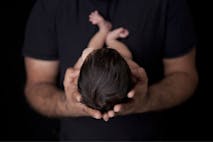
Analysis
Cassy Cooke
·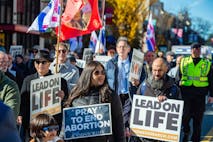
Activism
Cassy Cooke
·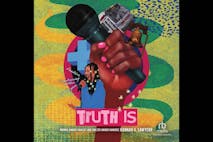
Pop Culture
Cassy Cooke
·
International
Cassy Cooke
·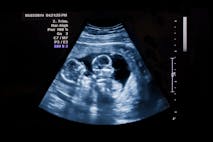
Analysis
Cassy Cooke
·